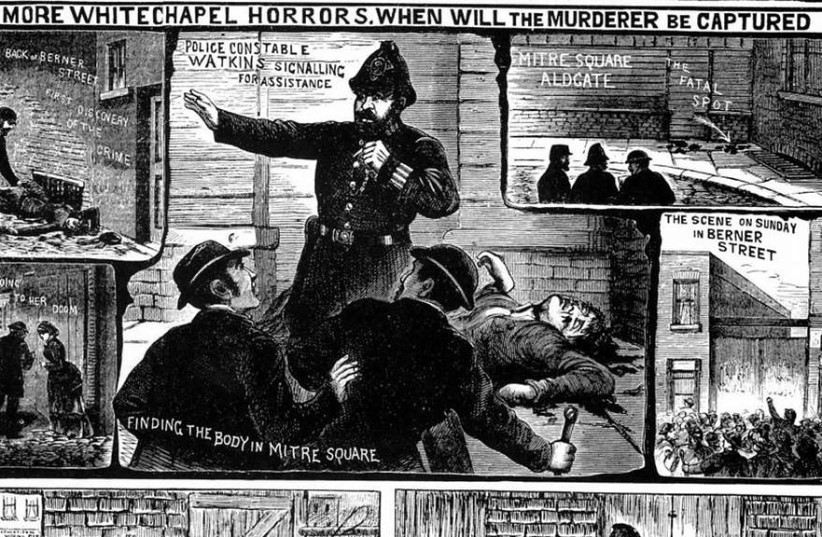A relative of an investigator on the 19th Century Jack the Ripper case knows the identity of the mysterious murderer, she told The Telegraph.
Former police volunteer Sarah Bax Horton, whose great-great-grandfather was a policeman on the Jack the Ripper investigation, believes she has found compelling evidence that matches witness descriptions of the serial killer who went on a killing spree in Whitechapel in the East End of London in 1888.
Horton said her detective work has led her to a man named Hyam Hyams, who lived in the area where the Whitechapel murders were committed. Hyams was a cigar worker which means he likely would have known how to use a knife, she said to The Telegraph.
He was known to be an epileptic and an alcoholic who was in and out of mental asylums and abused his wife out of paranoia that she was cheating on him. He was eventually arrested after attacking his wife and her mother with “a chopper”. Already unstable, his condition worsened after sustaining an injury in an accident that left him unable to work.
It wasn't Hyam's mental health or alcoholism that convinced Horton he was the culprit - it was his physical medical records.

Descriptions of Jack the Ripper
“For the first time in history, Jack the Ripper can be identified as Hyam Hyams using distinctive physical characteristics,” Horton said to The Telegraph.
Survivors who managed to escape Jack the Ripper described him as having an irregular gait and a stiff arm. Hyams’ medical record showed a recorded injury in his left arm that left him unable to “bend or extend” the limb and that he wasn’t able to straighten his knees, leading to dragging his foot when he walked.
Hyams' injuries also coincided with Jack the Ripper’s killings, which show that he declined mentally and physically around the time the murders occured.
“That escalation path matched the increasing violence of the murders,” Horton told The Telegraph. “He was particularly violent after his severe epileptic fits, which explains the periodicity of the murders.
“In the files, it said what the eyewitnesses said – that he had a peculiar gait. He was weak at the knees and wasn’t fully extending his legs. When he walked, he had a kind of shuffling gait, which was probably a side-effect of some brain damage as a result of his epilepsy.”
The Jack the Ripper murders ceased in late 1888, around the same time that Hyams was arrested and deemed a "wandering lunatic" by police. He was incarcerated in the Colney Hatch Lunatic Asylum in North London in 1889 until his death in 1913.
According to Horton, Hyams had previously been on the list of potential killers but had “never before been fully explored as a Ripper suspect" because he had been misidentified.
“When I was trying to identify the correct Hyam Hyams, I found about five,” she said. “It took quite a lot of work to identify his correct biographical data.”
Horton was drawn to the case after learning that her great-great-grandfather, Harry Garret, had been a sergeant with the Metropolitan Police at the Leman Street station, which served as the headquarters of the Ripper Inquiry.
